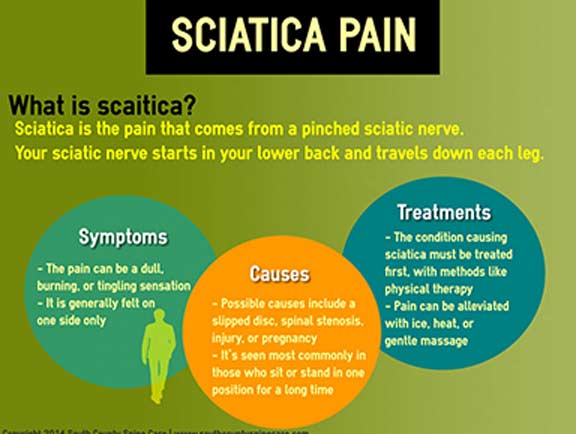Address Pain In The Back By Recognizing The Daily Regimens That May Be Contributing To It; Minor Modifications Can Lead The Way To A Life Without Discomfort
Address Pain In The Back By Recognizing The Daily Regimens That May Be Contributing To It; Minor Modifications Can Lead The Way To A Life Without Discomfort
Blog Article
middle back pain treatment -Snyder Baxter
Preserving appropriate position and avoiding common challenges in daily tasks can considerably affect your back health and wellness. From how you sit at your desk to exactly how you lift heavy things, little changes can make a big difference. Imagine a day without the nagging pain in the back that impedes your every action; the remedy could be simpler than you believe. By making a couple of tweaks to your daily behaviors, you could be on your method to a pain-free presence.
Poor Position and Sedentary Lifestyle
Poor pose and a sedentary lifestyle are 2 significant factors to pain in the back. When you slouch or suspicion over while resting or standing, you put unneeded strain on your back muscles and back. This can result in muscular tissue discrepancies, tension, and ultimately, persistent neck and back pain. Additionally, sitting for extended periods without breaks or exercise can compromise your back muscular tissues and cause tightness and discomfort.
To fight poor posture, make a mindful effort to rest and stand up directly with your shoulders back and straightened with your ears. Remember to maintain your feet flat on the ground and stay clear of crossing your legs for prolonged durations.
Including regular extending and strengthening workouts right into your everyday routine can likewise aid improve your posture and ease neck and back pain associated with a less active lifestyle.
Incorrect Lifting Techniques
Improper training techniques can considerably add to back pain and injuries. When you raise hefty items, bear in mind to flex your knees and utilize your legs to raise, instead of depending on your back muscular tissues. Avoid turning your body while lifting and maintain the item near to your body to decrease strain on your back. It's important to maintain a straight back and prevent rounding your shoulders while lifting to avoid unneeded pressure on your back.
Always examine the weight of the object before lifting it. If it's too heavy, request aid or usage equipment like a dolly or cart to transfer it securely.
Bear in mind to take breaks throughout lifting jobs to offer your back muscular tissues a possibility to rest and protect against overexertion. By applying correct lifting strategies, you can prevent neck and back pain and minimize the threat of injuries, ensuring your back remains healthy and solid for the long-term.
Absence of Regular Exercise and Stretching
An inactive way of living lacking routine workout and extending can substantially contribute to pain in the back and discomfort. When you don't participate in exercise, your muscle mass end up being weak and inflexible, bring about poor pose and raised pressure on your back. Normal workout helps enhance the muscular tissues that sustain your spine, boosting stability and minimizing the danger of pain in the back. Integrating extending into your regimen can also improve versatility, preventing tightness and discomfort in your back muscles.
To avoid pain in the back caused by a lack of workout and stretching, go for at least 30 minutes of moderate physical activity most days of the week. Consist of exercises that target your core muscular tissues, as a strong core can help reduce pressure on your back.
Furthermore, take breaks to extend and move throughout the day, specifically if you have a workdesk work. Straightforward stretches like touching your toes or doing shoulder rolls can help relieve tension and prevent back pain. Focusing on normal exercise and stretching can go a long way in maintaining a healthy back and lowering discomfort.
recommended you read , bear in mind to stay up directly, lift with your legs, and stay active to prevent neck and back pain. By making straightforward adjustments to your day-to-day practices, you can prevent the pain and restrictions that include pain in the back. Look after your back and muscular tissues by exercising excellent position, proper lifting strategies, and routine exercise. Your back will thank you for it!
